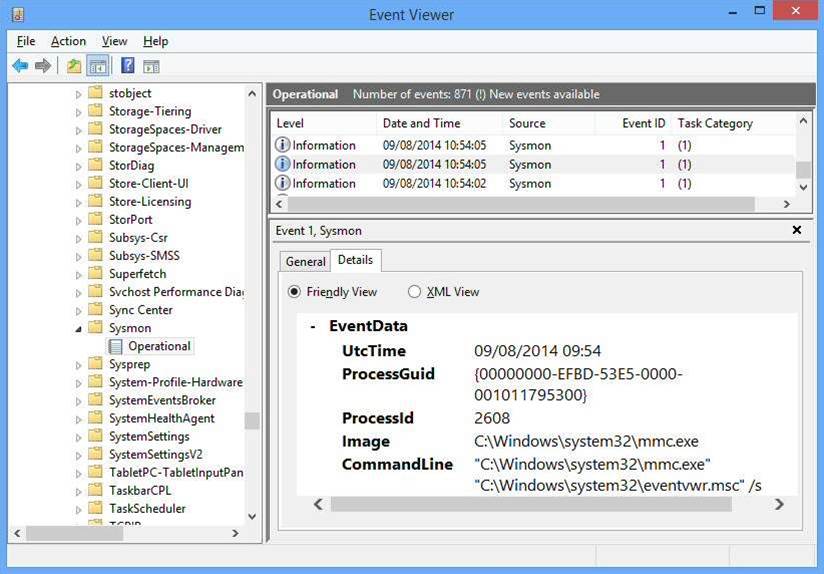
Right-clicking on a process brings up a multi-tabbed window with in-depth information on the process, its executable path, performance statistics, network activity, any ports being used by the process, etc. Individual processes or entire trees of processes can be killed

This makes it easier to focus on specific processes Processes and their children shown in the tree-structure can be expanded or minimized. If you hover the cursor over a process, a pop-up box shows the name and path of the executable and/or service behind the process

Via a tree-structure, it shows which processes were spawned by other processes Shows system activity, e.g., CPU usage, physical memory being used, paging activity, I/O activity, kernel memory, paging Lists all processes running on the computer along with a description and the name of the company that developed it A partial list of what Process Explorer can do is: It’s not an exaggeration to say that, no matter how much space is devoted to this tool, it isn’t enough. Process Explorer is an extremely useful tool that provides many, many features that an Application Administrator can take advantage of.


 0 kommentar(er)
0 kommentar(er)
